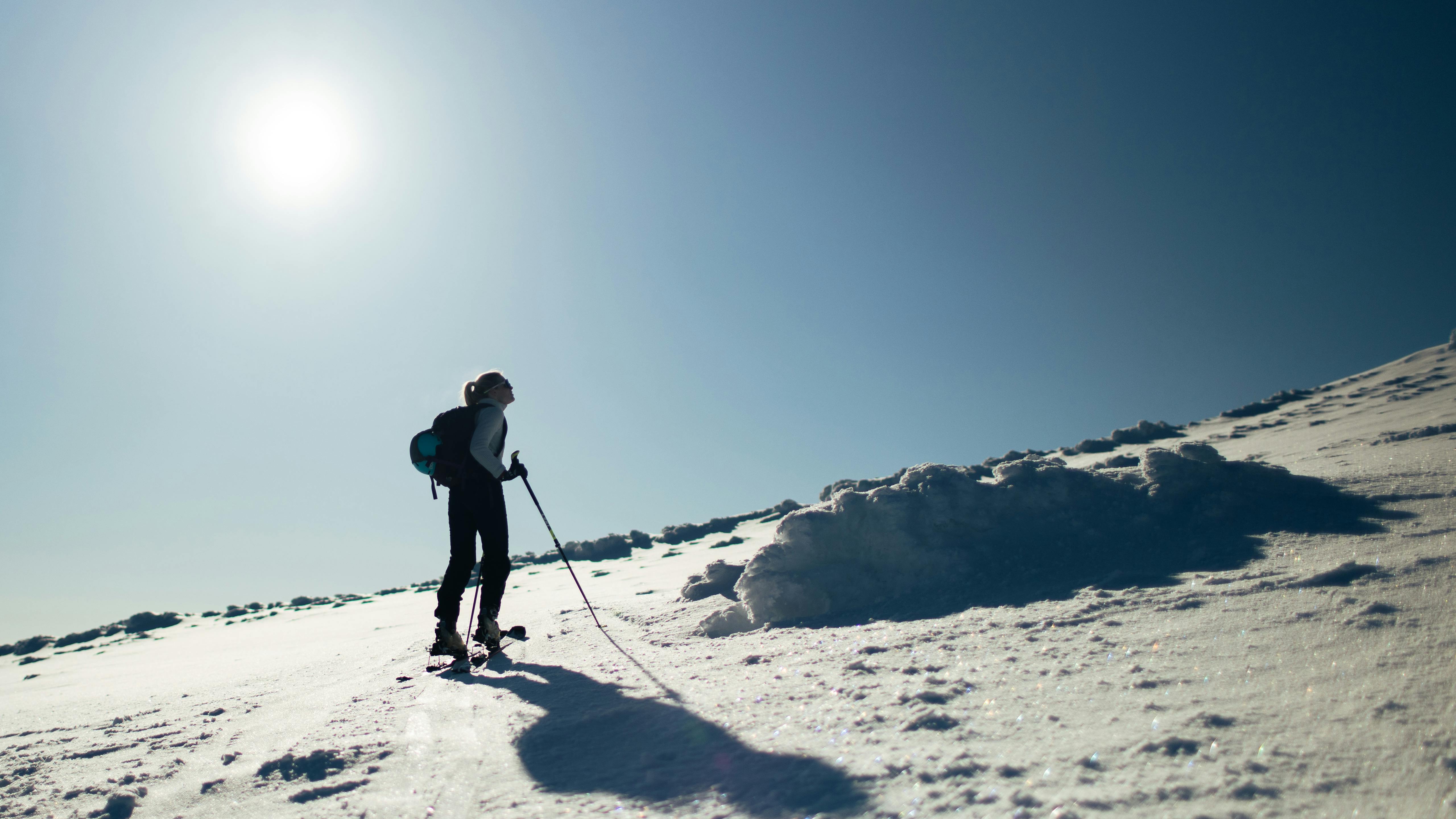
Fanney Þorbjörg Guðmundsdóttir
Beating the path uphill
Facing the possibility of complete paralysis at the age of 19, Fanney Þorbjörg’s exceptional mindset has brought her to a place once considered impossible.
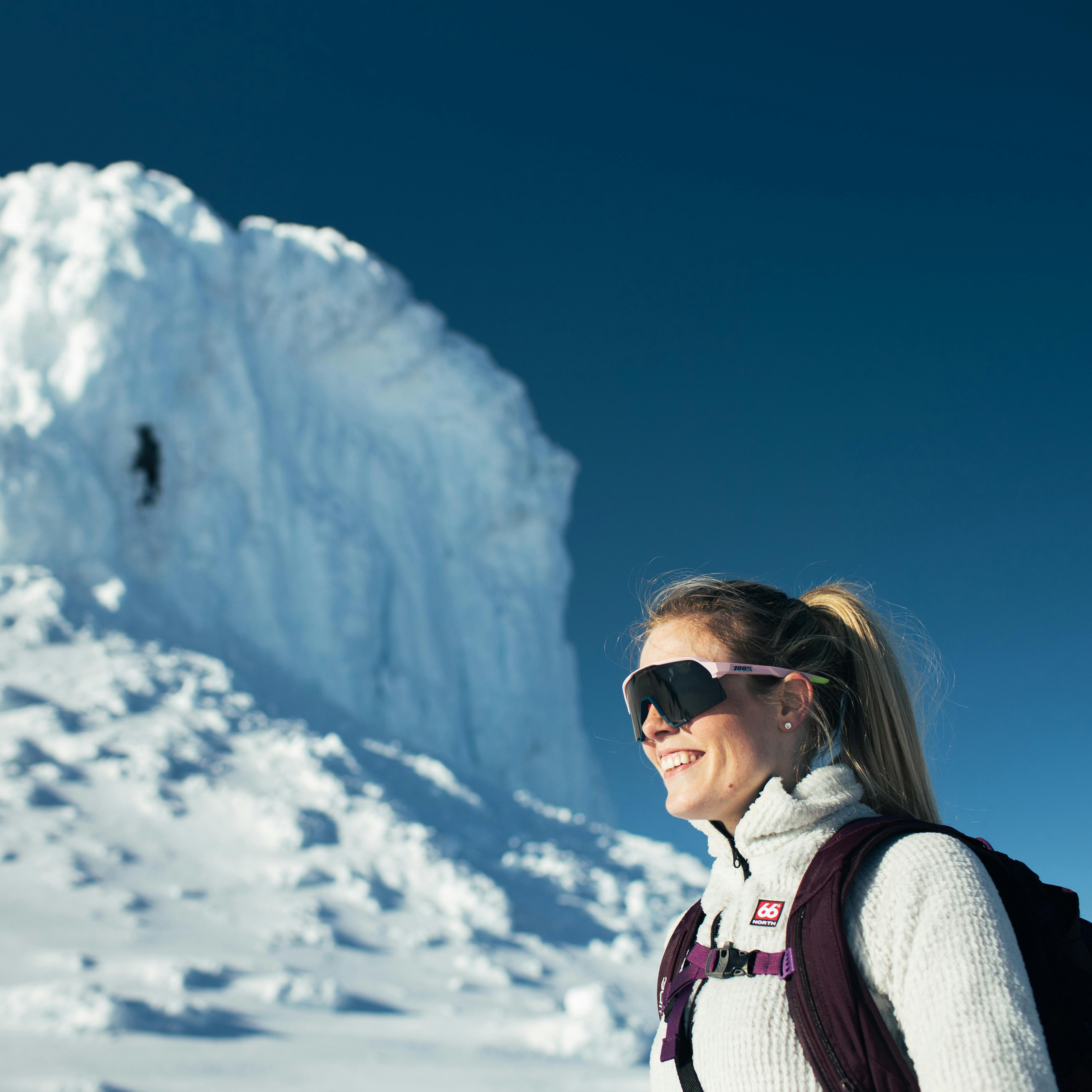
“I started ski training when I was 6 years old. I basically just started training because my mum and dad were always taking my older brother to ski training sessions. He was 12 and I had to go along with them. I remember clearly that most Saturday mornings I just wanted to stay at home and watch cartoons, but everyone had to leave the house, drive up to Mt. Bláfjöll and go skiing”.
Fanney Þorbjörg Guðmundsdóttir grew up with her family in Laugardalur. She has two brothers, Gísli Rafn, who is 6 years older and Björn Ásgeir, who is 6 years younger. When Fanney was younger, she looked up to her older brother, which is reflected in what she decided to do with her life. Gísli started ski training, and Fanney and Björn did the same. In this sport, you have to depend on the weather a lot, especially in Iceland; you can’t train in all kinds of weather. If Mt. Bláfjöll is open for many days in a row, then you have to use every day to train until the weather turns and then you get a break.
“One winter, when I was 12 or 13 years old, Mt. Bláfjöll was only open for seven days, something like that, and so my family and I went up north every weekend to ski. What were my parents thinking, making us skiers?" says Fanney and laughs.

Fanney wasn’t concerned with winning competitions when she was younger; she was mainly focused on having fun.
“But then when I was 8 years old, I participated in a large tournament up north, the Donald Duck Games, and I won the slalom. That’s probably my first memory of thinking, yeah ok, I’m a pretty good skier. But I’d never thought about that before and neither had my parents; they didn’t realize I was that good at skiing. I was just doing it to entertain myself and have fun, which is probably the most important thing you can do.”
Later, her competitiveness started appearing and Fanney put more effort into trying to improve. She decided to attend a ski school in the town Gello in Norway to focus more on the sport and to be able to attend secondary school on the side. The family had always spent a lot of time in Norway; Fanney's father, Guðmundur has worked as an oral surgeon there, so the idea of her moving there had been in gestation for a long time.
“It was easy to improve in Norway, the skiing conditions are great and the framework around the school and training sessions was really good. The trainers had so much ambition and they really cared about your interests in becoming better. When someone believes in you, that makes you believe in yourself”.
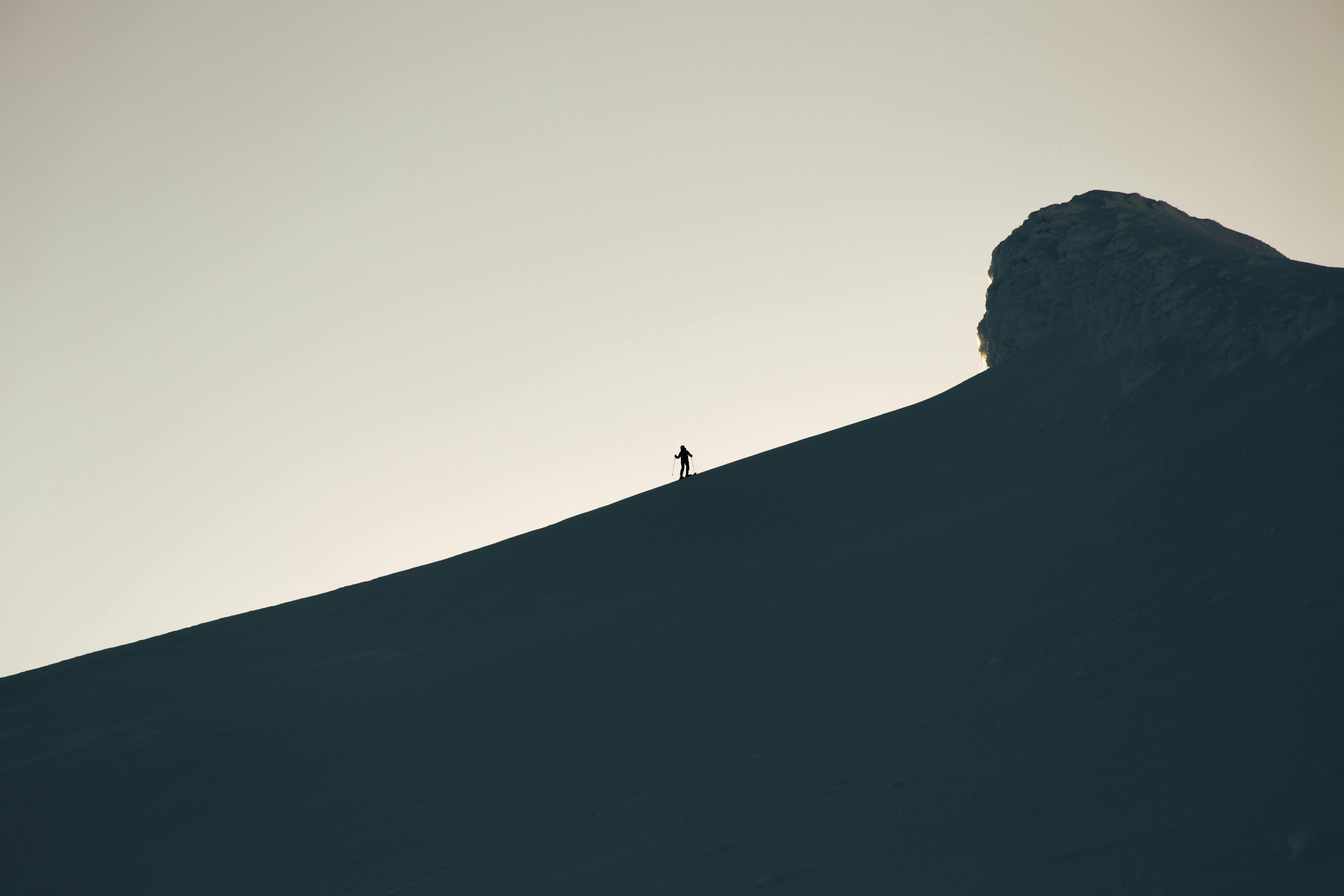
In 2011, Fanney’s family was planning to celebrate Christmas in Norway together. They are all avid skiers and attended a training session on Christmas Eve, at the school’s training area. The snow was really grabbing at the skis, and on the fourth or fifth run, Fanney was suddenly thrown up in the air and landed on her back.
“I put my hand in front of me and my first thought was that I’d broken it. Then the back of my head hit the slope, and when I woke up, I’m off the ski track and in the woods. I had hit a tree and suffered a blow to my head, and that blow broke my neck. Understandably, the people around me panicked, but I was really calm the whole time. Although I felt immediately that I couldn’t move, I didn’t really think about it because I was having difficulty breathing and that was the only thing I could think about at that moment: To breathe, although it was pretty shallow breathing. I remember clearly how your body kind of goes into survival mode when something like this happens to you. My dad was standing over me and asking me all sorts of questions. After he’d asked me a few questions, I told him sharply that I couldn’t move, couldn’t think about anything other than breathing. Then he stopped asking questions. He went straight into finding out what was wrong, which is kind of incredible in that moment because he was looking at his child who couldn’t move. But he was like that throughout the whole process, incredibly composed”.
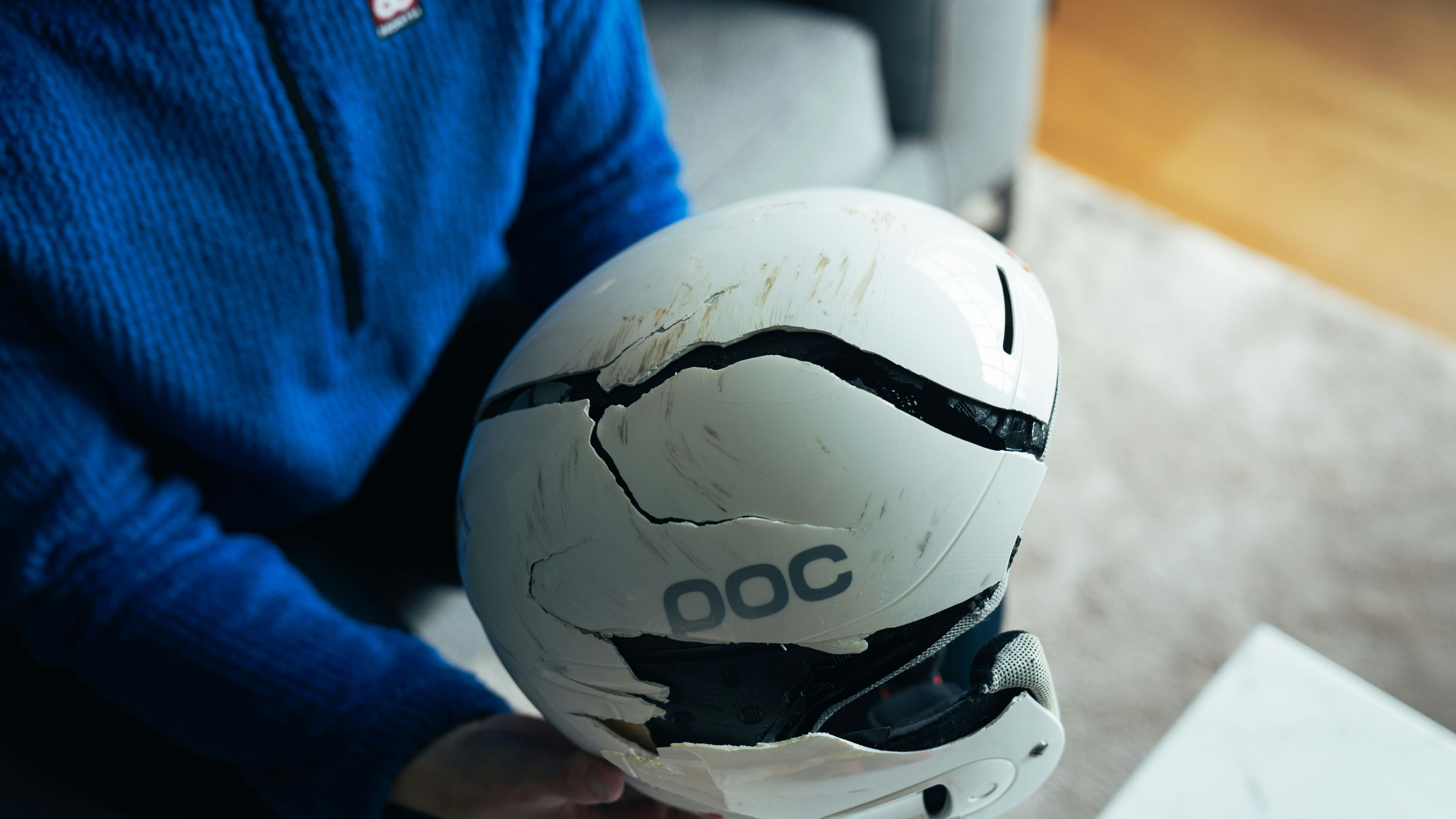

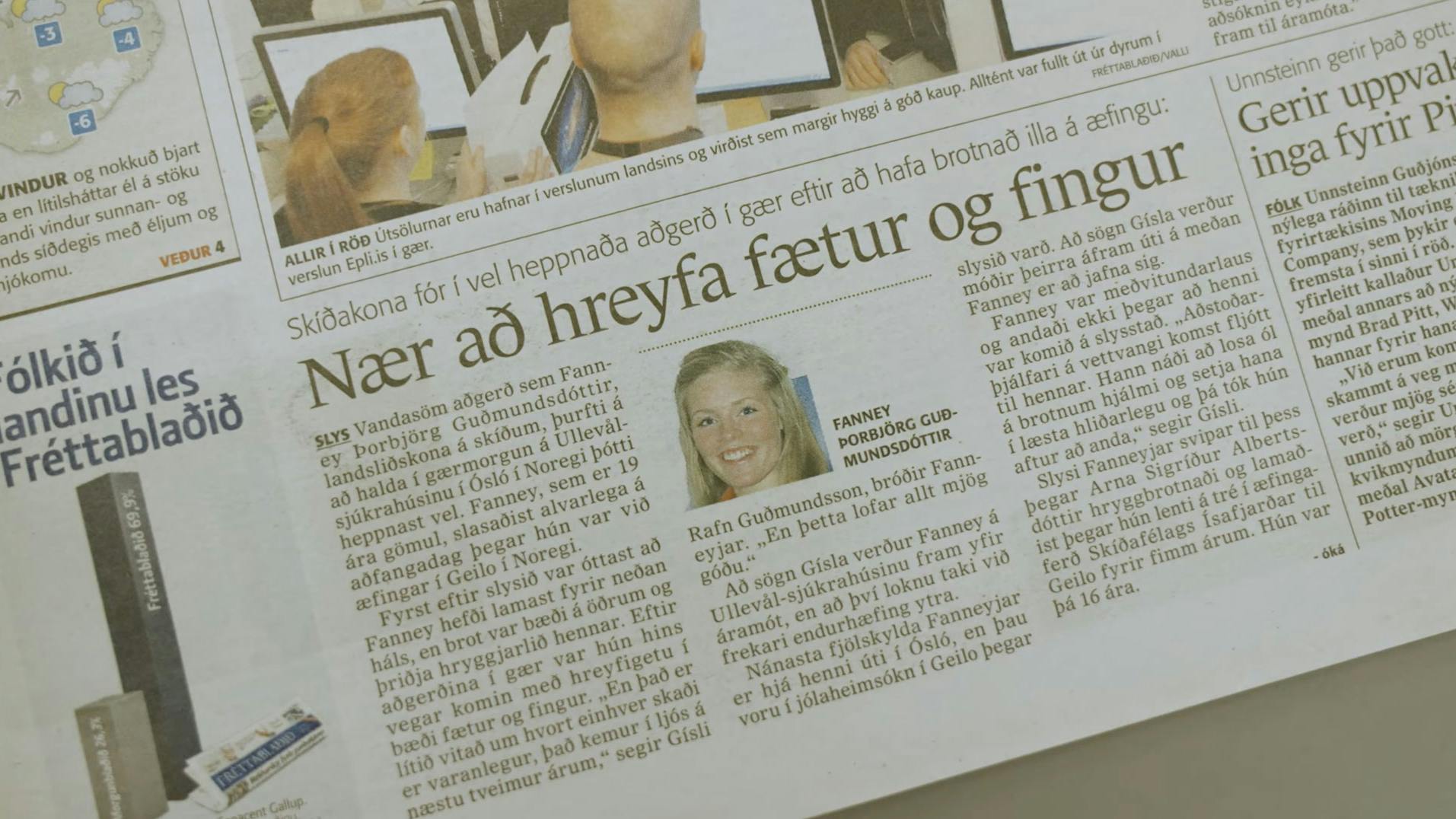
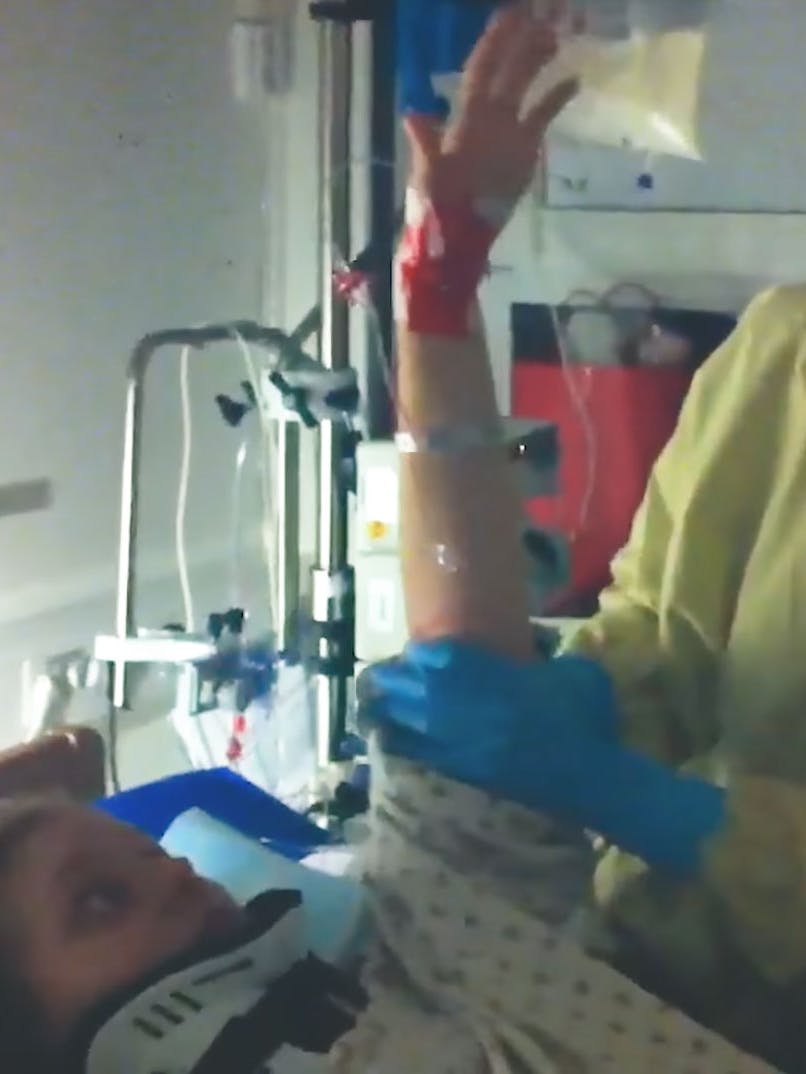
I told him sharply that I couldn’t move
Fanney was taken by helicopter to a hospital in Oslo and immediately underwent testing to see what had been damaged.
“They put me in an X-ray scanner to check for fractures, and you have to lie completely still while inside the scanner. The whole time I was thinking about how I wanted to move, but I was completely paralyzed and wouldn’t have been able to even if I wanted. It’s kind of funny to think about that now”.
That evening, Fanney felt a burning sensation all over her body, which was a good sign. It means that the nerves are hard at work. She managed to move her toes a little bit, which was the best Christmas present she’s ever given her parents. Four days after the accident, Fanney had an operation, and when waking up afterwards, she says it was the first time that she really understood the situation she now faced.
I remember I woke up really early on 28 December, and that was the first time I realized the situation I was in. I had been lying there for some time, alone with my thoughts, when my dad came in, and I remember thinking that it was like some angel had called him to me! I was just about to break down and then my biggest rock comes walking in at exactly the right moment. We started talking about my situation and what had happened. The only thing I could do was to talk, and I broke down completely and told my dad that I would never be able to run as fast as I used to. Then he said yes! You’ll run much faster. Everyone around me had the right attitude. Throughout the whole process, everyone was cheering me on. Somehow the thought that I might end up in a wheelchair never occurred to me. I had faith that I would recover; I didn’t know how well, but I always had faith in recovery”.
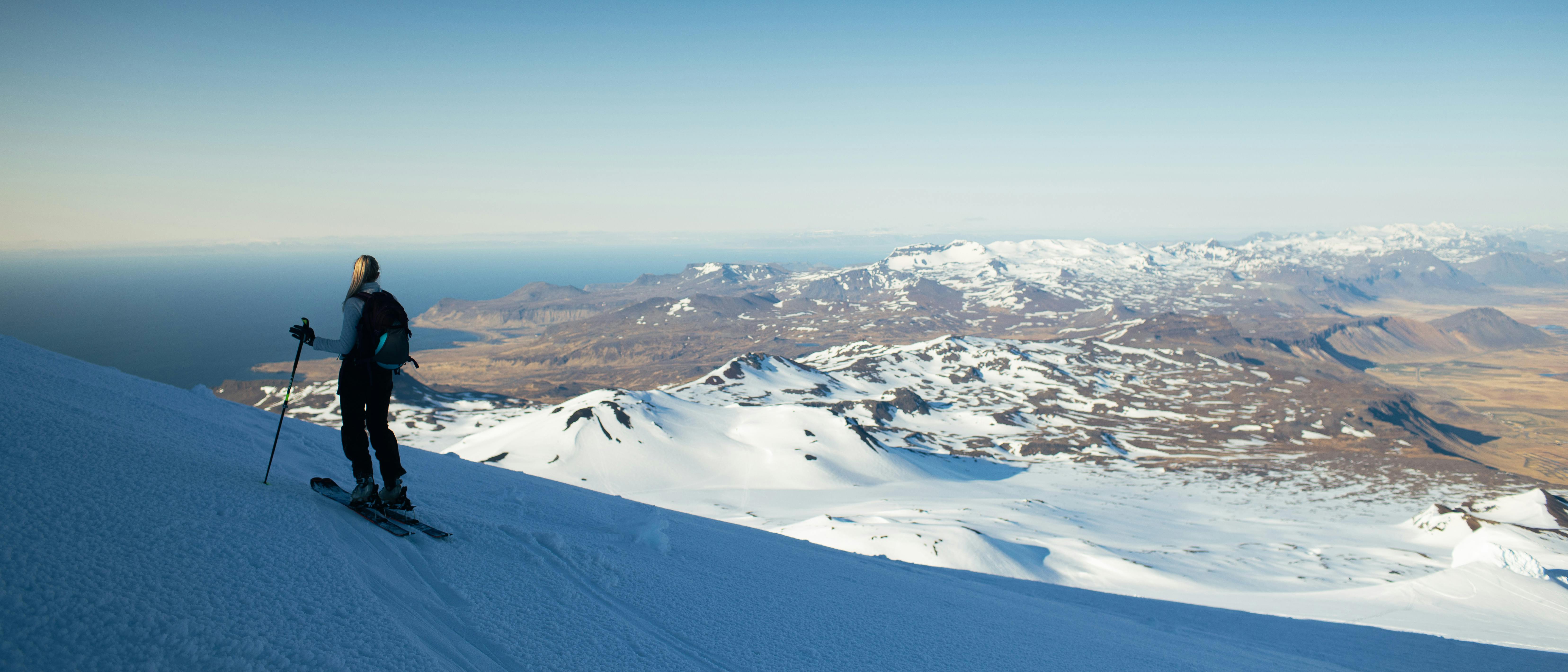
You’ll run much faster.
Fanney had to learn how to do everything again. When the accident happened, she was in peak physical form, strong and benefitted from being an exceptional skier. The first month she felt like she was waking up every morning to the hardest day of her life, until one day she started forgetting that. Everyone at the hospital loved having Fanney there because she was always in a good mood, always ready to improve and try something new. She wasn’t afraid of solving the tasks put to her. But of course, there were days where everything was difficult; it was no cakewalk even though the recovery was remarkably swift. On 11 January, she stood up from the wheelchair for the first time, and on 14 January, she took her first steps after the accident. All these little steps during the recovery process took a physical toll, and Fanney had to lie down after walking 10 steps, so great was the exertion. She set herself goals, both big and small, and worked systematically towards them.
“I remember when my brother Gísli came for a visit. We went to a team meeting with a doctor and a physiotherapist, and before the meeting, we had sat down and made a list of goals, long-term goals and short-term goals. Like combing my hair, brushing my teeth, going to the bathroom on my own and so on. The long-term goal was going back home to Iceland in March. I really wanted to go home and finish school that spring. Then we sat down in front of the team and started reading the items on the list and everyone was nodding and saying 'aaa', like Norwegians do. This is a really good memory, and we laugh about it all the time. At that point I couldn’t move at all, and the team was probably thinking that they needed to lower my expectations.
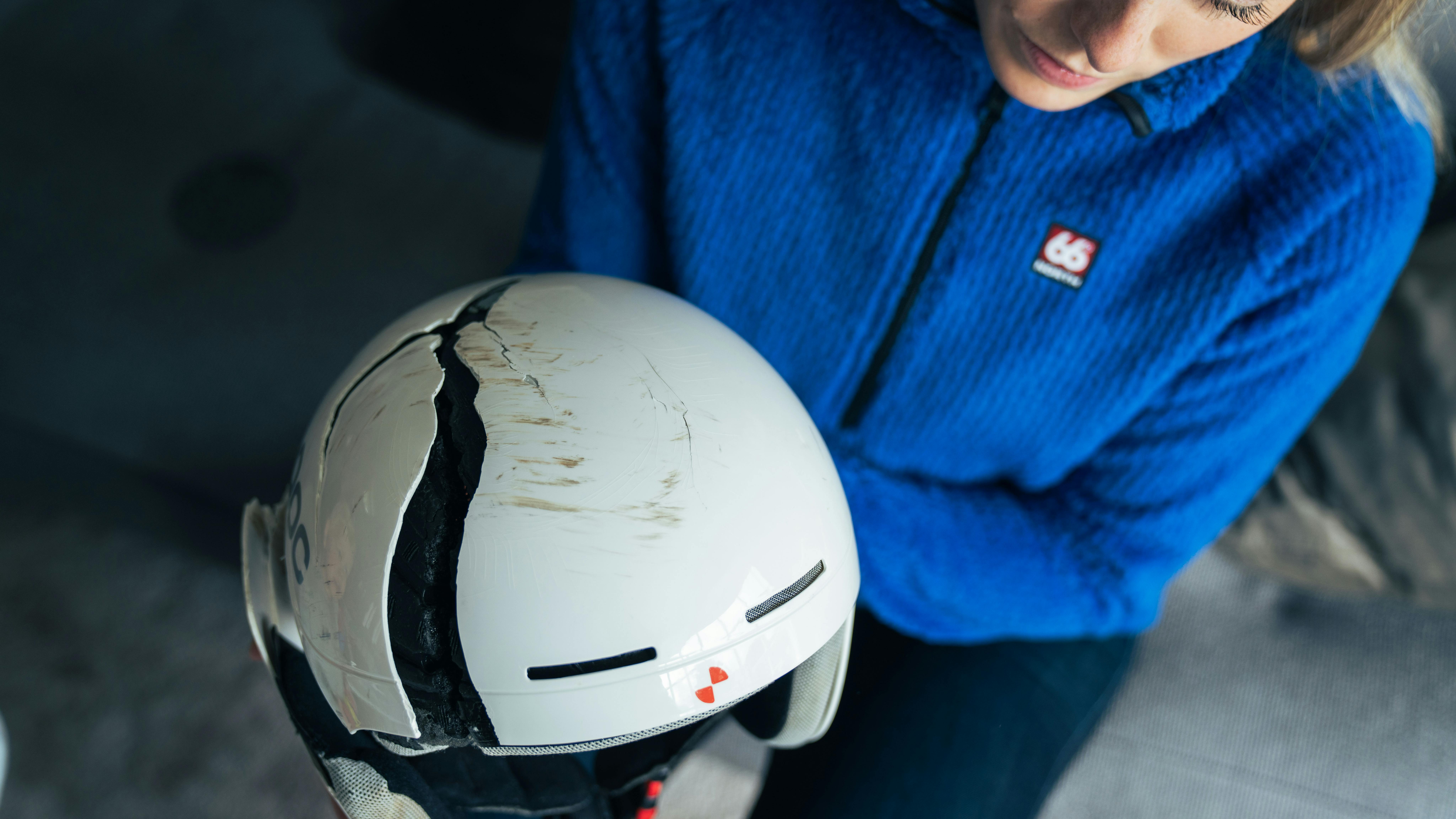
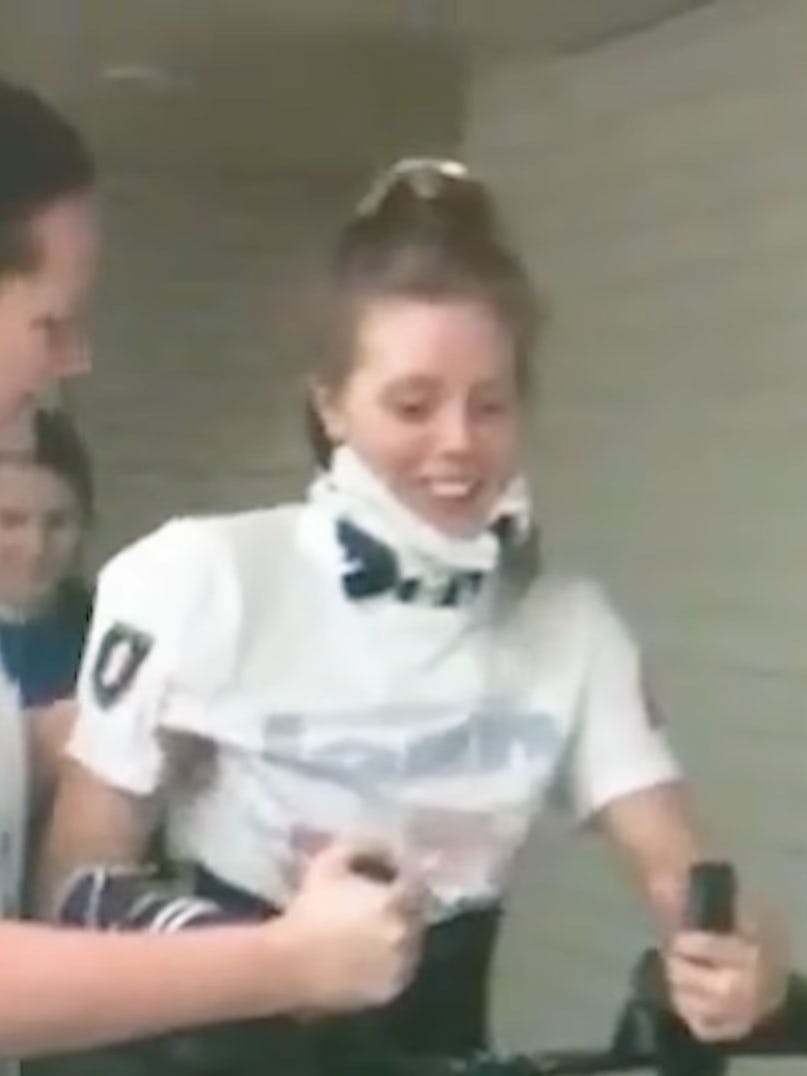
Fanney felt vulnerable after the accident. She couldn’t take care of herself and had to rely on others completely at first. She decided to be open about her feelings and not retreat into a shell.
“I could have decided that life sucked, but I was just really ready to fight and keep going”. I didn’t keep my unhappiness to myself and discussed it, and I was cheered on by those closest to me and that’s how the days went by. When I could feel that the recovery process was going well, I decided to not shield myself at all. I was just going to keep going and do everything I enjoyed. I didn’t want to be scared of doing things I did before, like going horseback riding, skiing and playing football. The goal was always to get back to where I was before the accident. I was more scared of not being able to do the things I enjoyed than doing them. I never hesitated to keep going because this had happened to me. The feeling when I managed to do something that I couldn’t before was just like conquering the world. Every feeling became elevated. If you accomplished your goal, it was seven thousand times better than accomplishing your skiing goals before.
When Fanney was going through the recovery process, she often thought about a place where she felt good. That place was her grandparent’s farm where the horses were. She pictured her dad rolling her wheelchair close to the horses so she could pet them.
“Thinking about that place gave me so much pleasure. We had a mare that was one year old at that time, and we decided to name her Lyrica, after the nerve pain medicine I was on. Now she’s 9 years old and I ride her often. Being able to go horseback riding was such a distant dream when we named her, but it’s one of my favorite things to do”.

Managing to do something that I couldn’t before was just like conquering the world
Fanney knew that her career as a professional skier was over after the accident, but she didn’t let that stop her. She thought that now was the perfect time to give the skis a rest and start playing football. She started training with Þróttur Reykjavík.
“I wanted to be a part of a team and train with my friends. I desperately longed to participate and to be in the same place as I was before the accident. So I kept on training, and I ended up playing for Þróttur in the top league. I was always very determined to get there. I wasn’t going to just participate. My mum didn’t like that I was playing football at first. But my parents have always been an inspiration for my siblings and me. I’m sure it was hard for them to be on the sidelines even though I always said, ‘Let's do it!’. They also had to follow and have the same attitude as I did”.
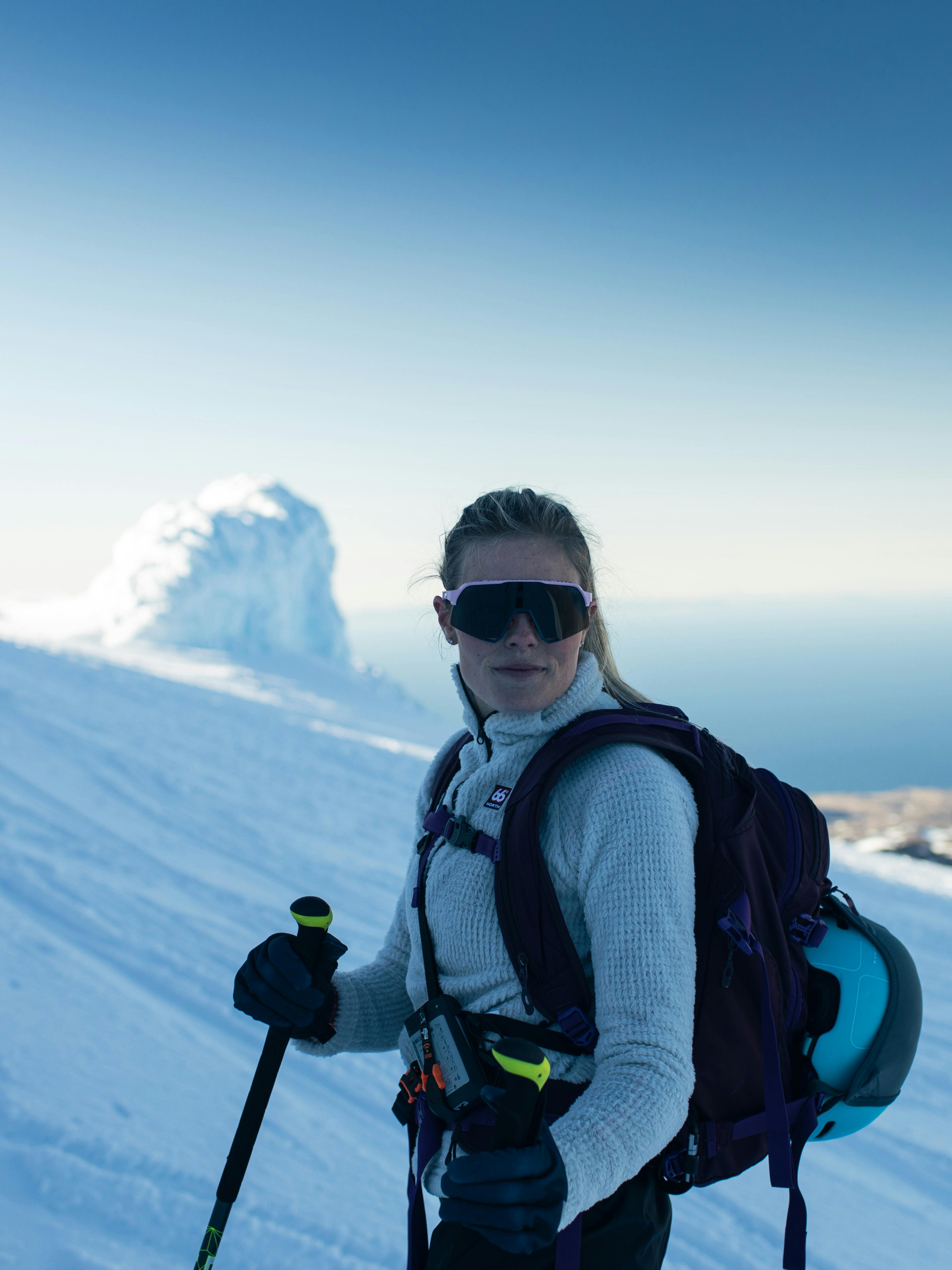
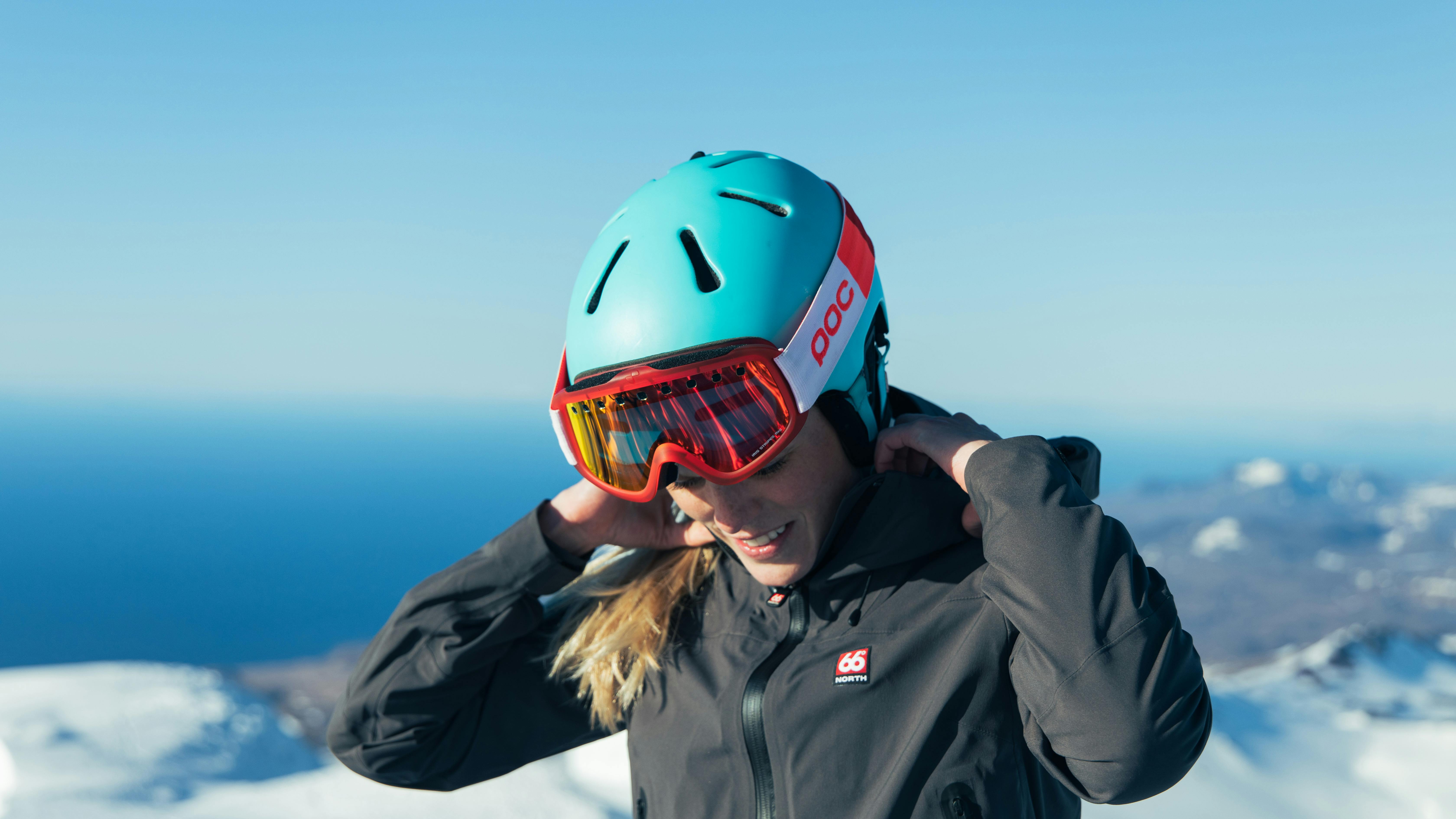
Fanney lives in Laugardalur with her boyfriend Ævar and their little boy Benedikt Ásgeir, who is two years old. Fanney started running after she had Benedikt. She stayed home a lot with him during her maternity leave and had to get out and exercise. She set herself the goal of running 100 kilometers that month and realized then how much she enjoyed running.
“Running suits me well. Getting some release and being outside nourishes you a lot. I decided to sign up for the Laugavegur Run in May and started training hard and then completed the run itself in July. I felt great the whole time, started pushing harder after 25 km, and it felt great. When I’d run 40 km, I felt ecstatic and started thinking, ‘Fanney, you’re running the Laugavegur Ultra Marathon, why is this so much fun?’ Then I started thinking about how crazy it is that I’m running here after having been paralyzed. I nearly broke down, but then I managed to cheer myself on and finished the run in just under six and a half hours!
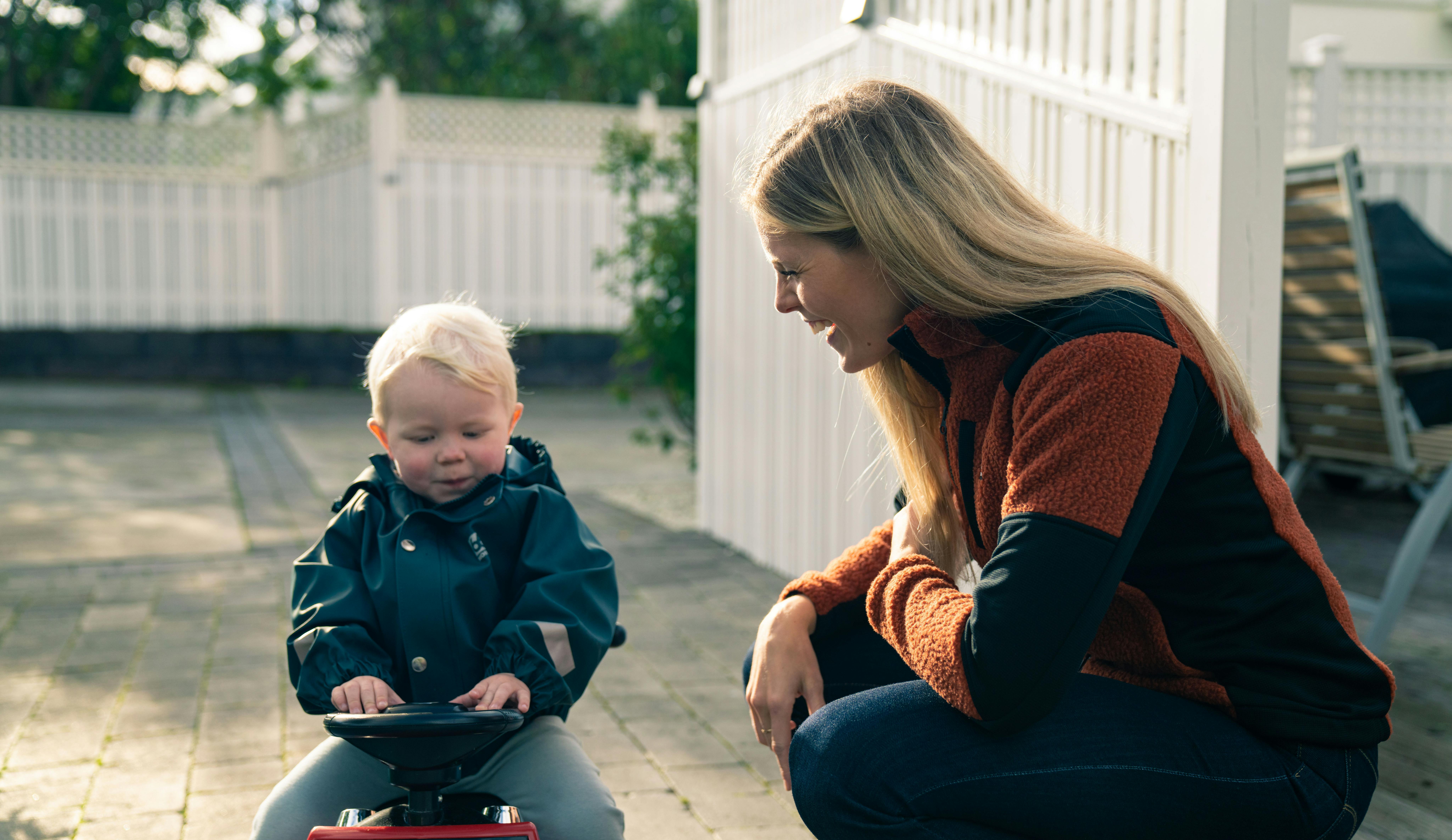
Shortly after the accident, I felt unstoppable. Today I often have to remind myself of that Fanney when I’m doubting myself. I can do anything. That’s the biggest thing I've learned from this, that and talking openly about things, showing your emotions. Believing in yourself and the people around you. Encouraging others encourages me a lot. I love seeing people do something that they didn't think they could do”.
What to wear
Embracing the outdoors
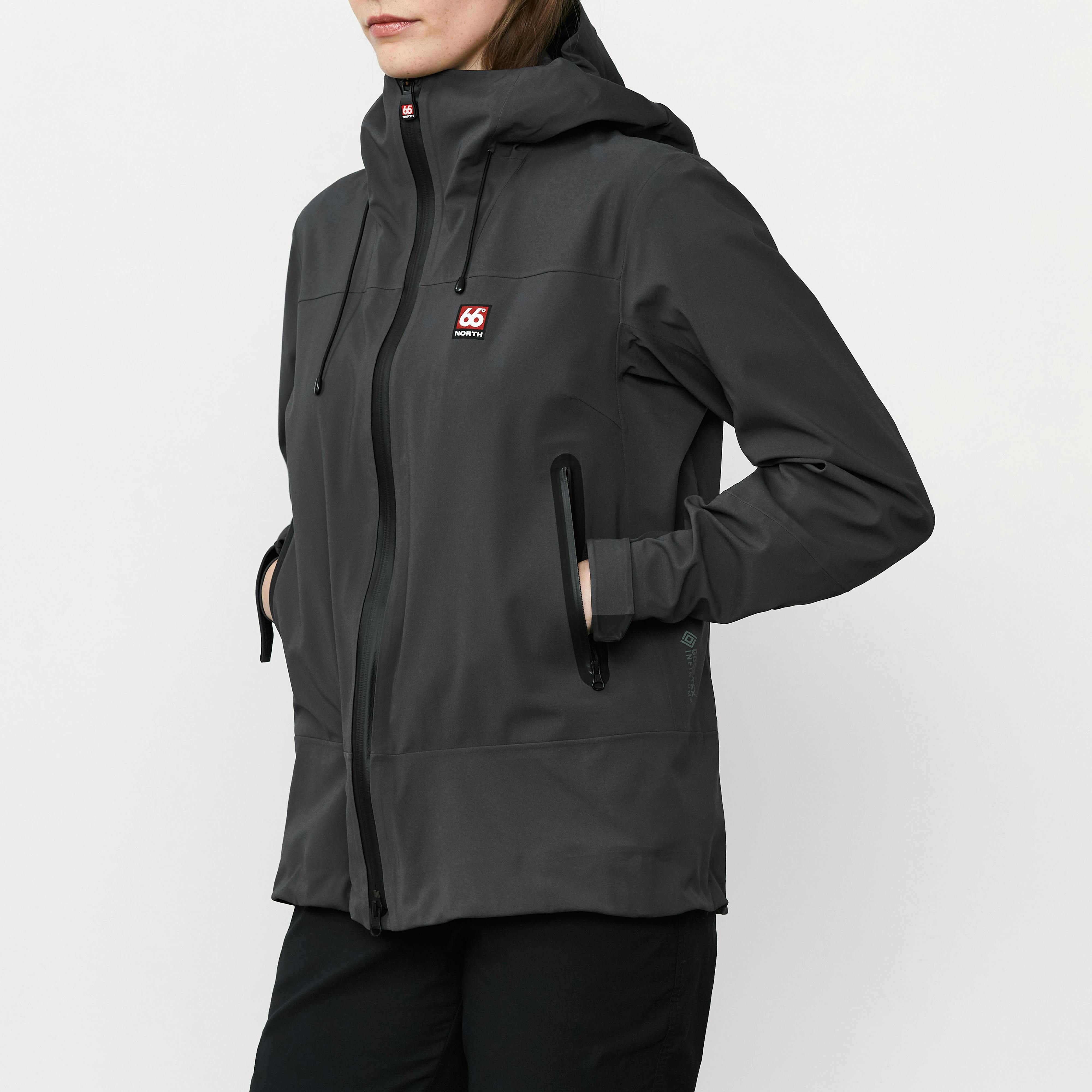

From a young age, soccer has played a big role in the life of Elín Metta Jensen. Elín Metta’s incredible journey hasn’t come easy, experiencing her fair share of challenges and setbacks along the way.

When the weather breaks, Icelanders rush to the slopes. Arnaldur & Ólafía have been skiing the mountain since they first learned to walk.